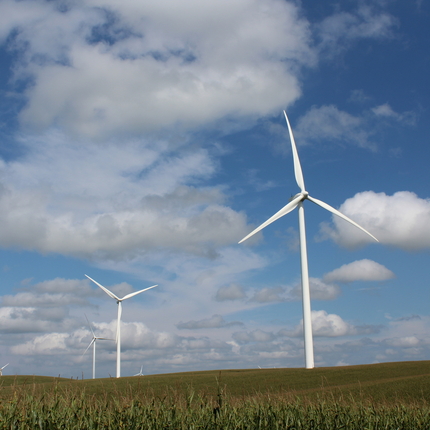The expansion of wind generation has been, and continues to be, a boon for rural development.
Wind energy is one of the fastest-growing sources of electricity across the nation. Several Midwest states, including Nebraska, are leading the charge in its development, according to recent reports from the U.S. Department of Energy.
In 2022, wind power accounted for 22% of new electricity capacity in the nation, representing a $12 billion investment. While it was considered a down year for installations due to supply chain issues, forecasts for wind energy investments have grown by almost 60% thanks to the passage of the Inflation Reduction Act in 2022.
In 2022, Nebraska counties collected $8.6 million in revenue from the state’s nameplate capacity tax. These funds have been used to improve essential county services, lower the property levy for residents, and increase funding to school districts. The industry has also created jobs for rural residents. According to Clean Jobs Midwest, nearly 20,000 Nebraskans were employed in the clean energy sector in 2022, with more than a third in rural areas.
Wind energy has been expanding in Nebraska for more than two decades and is now 12th in the nation in total wind generation capacity. In 2022, there were 602 megawatts added to the state’s existing capacity, which ranked third in the country. That amount can power nearly 180,600 additional homes annually. Nebraska produced 31% of its total in-state energy generation from wind, ranking seventh in the country.
Given wind energy’s potential positive impact on rural development, capitalizing on it is essential for economic growth. Nebraska has paved the way as a leader in the industry’s growth, which will pay dividends for rural communities for decades to come.





